The Mercedes-Benz EQA is, to us, the fully electric variant of the second-generation petrol and diesel-based GLA. One might also deem it as a shrunk-down version of Daimler AG’s first fully electric EQ model, the EQC.
Unlike its bigger 2019 sibling, the subcompact SUV was made available in 2021, where it entered a highly competitive market of fully electrified vehicles; from the likes of the powerful Volvo XC40 Recharge Twin to the feature-packed Kia Soul EV. The question is: has Mercedes found the right blend of premium design and performance with the EQA?
If you’d prefer to watch a review of the Mercedes EQA, head on over to our YouTube channel.
Mercedes-Benz EQA price & competition
It all starts with the asking price – the Mercedes EQA can be found from £44,495 and extends up to £55,995 without options. At the time of writing, there are four models on offer: Sport (on review), AMG Line, AMG Line Premium and AMG Line Premium Plus. All the variants come with a single-motor front-wheel-drive (FWD) configuration, denoted by ‘EQA 250’; should you want more power, all the AMG Line come in a dual-motor all-wheel-drive (AWD) configuration, which is labelled as EQA 300 4Matic and EQA 350 4Matic. The latter being the more powerful out of the three variants.
Find the best Mercedes EQA deals
A breakdown of the vehicles’ power outputs, quoted WLTP range and prices can be found below (click to expand):
As for your list of options, it’s rather simple: there are ten colour choices to choose from, which range from £595 up to £1,795; a £1,495 ‘Driving Assistance package’ that comprises of Active Distance Assist Distronic, Active Blind Spot Assist with Exit warning function, Active Steering Assist, Active Brake Assist, Evasive Steering Assist, Active Lane Keeping Assist and Pedestrian warning function near pedestrian crossings; and a ‘Trailer coupling with ESP trailer stabilisation’ at £750.
The other ‘options’ that the German automaker provides are linked with the four different models that are on offer. For example, the AMG Line adds slightly different styling over the Sport, while the Premium and Premium Plus not only change the aesthetics but also add a number of extra features – from an augmented reality navigation system, to more powerful and numerous speakers within the cabin.
Buy a car phone mount on Amazon (Affiliate)
When it comes to competition, there are numerous all-electric SUVs to consider: the MG ZS EV starts from £26,095 (163 miles WLTP); the Kia Soul EV, e-Niro ‘2 64’ and the Hyundai Kona Electric Premium 64 kWh (282 miles WLTP) all come in at £32,445. The Skoda Enyaq iV 60 (256 WLTP) starts from £32,010, while the larger battery variant, the Enyaq iV 80 (331 WLTP) starts from £39,365. Likewise, the Volkswagen ID.4 has a similar configuration, with the 52 kWh battery pack model (213 WLTP) coming in at £32,495, and the 77 kWh variant (310 WLTP) starting from £42,020.
There is also the Citroen e-C4 (217 miles WLTP), which starts from £30,895 and the Peugeot e-2008 from £30,730 (206 miles WLTP); the Mazda MX-30 SE-L Lux that costs £26,715 (124 miles WLTP). You’ve also got the MG5 EV, an all-electric estate with a claimed range of 214 miles at £25,095 and the Long Range model (250 miles WLTP) that starts from just £26,495.
Past these, you’ve got a few premium all-electric SUVs: the Volvo XC40 Recharge Twin at £49,950 (259 miles WLTP); the Audi e-tron at £62,025 (227-271 miles WLTP); the Jaguar I-Pace at £65,245 (292 miles WLTP); the Mercedes EQC at £65,720 (255 miles WLTP); and the Tesla Model X at £98,980 (360 miles WLTP).
Elsewhere, you’ve got the petrol or diesel-powered Mercedes-Benz GLA 180 Sport that starts from £31,785. Although, this isn’t directly comparable, due to having a lower power output of 100kW/136hp, and thus, one could argue that the GLA 220d 4Matic AMG Line (140kW/190hp) is the closest in terms of performance – this model fetches £38,860. Note, the plug-in hybrid, GLA 250 e is rated at an even lower power output (118kW/160hp) and starts from £39,995.
Read next: Volkswagen ID.4 review: Better than the VW ID.3?
Mercedes-Benz EQA exterior review
Indeed, very much like its ICE-powered sibling, the EQA is similar in many ways. Both share the same design characteristics – if you like the GLA’s design, you’ll like the EQA. There are undoubtedly a few differences, however, with the fully electric model sporting a covered front grille, an LED strip that runs along the width of the bonnet and boot, and the omission of tailpipes. Subjectively, the EQA looks rather smart with those subtle design changes resulting in a more modern look.
Both the EQA and GLA, however, have a rather poor-looking side profile. It’s mainly due to the manufacturer’s choice of using plastic inserts for the wheel arches and sideskirts. It detracts from an otherwise elegant and sporty look; 18″ alloys come as standard, while 19″ and 20″ rims are available on the AMG Line Premium and Premium Plus trims, respectively.
Read next: Skoda Enyaq iV review: The Volkswagen ID.4 alternative
Mercedes-Benz EQA interior review
Much of the same could be said within the cabin, where again, both vehicles share the same design – and we’re all for it. The EQA’s interior look and feel is sublime, where it arguably is one of the best-looking interiors one can find in an EV. It oozes with style, and better still it comes to life at night; the LEDs dotted around the cabin can be customised through the 10″ infotainment system and can also be fully disabled if desired.
But, it’s not just the looks with the EQA, as its interior design is practical too. Take the steering wheel, it has cleverly laid out controls on either side and even small touch-sensitive pads to adjust the infotainment system and the vivid 10″ instrument cluster. A flurry of physical buttons can also be found towards the centre of the dashboard, where these are dedicated to climate controls. By the centre console, there are also a few quick-access buttons, making it easy to jump to a certain menu, while the multi-gesture touchpad provides intuitive means of interacting with the infotainment system. Media controls and a volume wheel can also be found beside it.
You might also notice that there’s no gear selector, and indeed, it’s been replaced by a stalk. It’s very intuitive to use and similarly so are the flappy paddles, which in the EQA don’t determine the gear but rather, the regenerative braking level – more on this later on.
Back on the subject of audio, the EQA 250 Sport has a nine-speaker system that outputs 225 Watts. It’s rather impressive for a stock configuration and can be bolstered to ten or twelve speakers by opting for the AMG Line Premium or Premium Plus trims, respectively. If you’d like to hear how the nine-speaker system performs, watch our detailed review on YouTube.
The use of technology is similarly impressive. The Mercedes-Benz User Experience (MBUX) system can be controlled via voice, touch or gesture input – the latter being exclusively available on the AMG Line Premium Plus trim. No matter which model you choose, however, you’ll get a faultless infotainment system, that’s easy to navigate, stylish and isn’t sluggish. Further, Android Auto and Apple CarPlay come supported as standard, further improving the user experience. We were left a little disappointed, however, that the full 10″ width of the screen wasn’t utilised on Android Auto – two persistent black bars remain even while navigating.
Similarly, it’s disappointing not to find a Head-Up Display (HUD) fitted as standard. Indeed, you’ll have to splash out on the top-spec variant in order to have this fitted in an EQA. Elsewhere, the sleek ‘augmented reality navigation system’ is similarly only available in the more expensive trim levels. The system superimposes AR with the built-in navigation system to provide turn-by-turn instructions – pretty cool stuff.
Read next: Kia e-Niro review: The best all-electric SUV?
Mercedes-Benz EQA storage review
Moving onto storage, the subcompact SUV has ample amounts of space inside the cabin. By the centre console, you’ll find a non-slip area for your smartphone, two cupholder spaces and a centre armrest compartment that’s large enough to store a purse or wallet. The door bins are also accommodating and have a non-slip material that prevents loose change from rattling about – the front two are large enough for a 500ml bottle and a few valuables, whilst the rear two are a bit more limited. Of course, you’ve also got the glove compartment, too.
As for the boot, there’s 340 litres of space with the seats up, and 1,320 litres with them all propped down. Here’s how the Mercedes-Benz stacks up to its all-electric rivals: the Audi e-tron (660/1,725 litres); Skoda Enyaq iV (585/1,710 litres); VW ID.4 (543/1,575 litres); Kia e-Niro (451/1,405 litres); MG ZS EV (448/1,375 litres); Peugeot e-2008 (434/1,467 litres); Kia Soul EV (315/1,339 litres); Citroen e-C4 (380/1,250 litres); Mazda MX-30 (341/1,146 litres); Hyundai Kona Electric (332/1,114 litres). As for the MG5 EV estate, it offers 464 and 1,456 litres, respectively.
While the EQA also has a smaller boot than its pure ICE-based GLA counterpart (down by 95 and 110-litre respectively), it’s still plenty large to transport goods or the weekly shop. The boot is also practical, where Mercedes provides a flat loading bay and 40:20:40 rear split-folding seats; an underfloor compartment also means you can store a singular charging cable. To further bolster the experience, the automaker has included an electronically operated tailgate. It can be opened by the press a button within the cabin, via the remote or by pressing the rear Mercedes badge.
Read next: MG ZS EV review: An affordable all-electric SUV
Mercedes-Benz EQA comfort review
Indeed, loading and unloading goods from the boot is convenient, and with the ability to fold the rear seats independently, it allows for elongated goods to be transported all while having two passengers sat at the back. Should you not have a fifth occupant either, the rear occupants can bring down the compartment in order to reveal an armrest and two cupholders. Elsewhere, a USB Type-C port and a small non-slip storage bay can be found at the back of the centre console.
Onto headroom and legroom, both at the front and rear of the cabin, 6-foot 4-inches (193cm) individuals won’t feel henned in. The EQA is spacious and better still, doesn’t have diagonally-wedged rear seats, meaning occupants won’t feel any discomfort on longer drives.
Surprisingly, however, all the seats are rather stiff. One might expect the EQA to have plush, soft seats but alas, that’s not the case. Furthermore, the front two seats in the base-level trim are manually adjustable, only. Should you want electrically adjustable front seats with memory function, you’ll need to splash out on the AMG Line Premium Plus model, which is rather disappointing. On the plus side, both the front seats are heated as standard.
Another key factor to consider is cabin noise and here, the EQA excels. The passive noise isolation is impressive, whereby minimal road, tyre and wind noise creep in. Indeed, it’s up there with the likes of the Honda e, the Audi A8 and Audi e-tron.
Read next: Hyundai Kona Electric review: Kia e-Niro alternative?
Mercedes-Benz EQA performance review
While the EQA keeps out noise from entering the cabin, the Mercedes can’t compete with the likes of the aforementioned Audi vehicles in ride comfort. Unfortunately, the electric SUV has a stiffened suspension setup, which means that while driving around town you’ll feel all the abnormalities of the road, potholes and speed bumps – even on its ‘Comfort’ setting, which loosens the steering wheel and suspension. Note, the AMG Line Premium Plus features an electrically adjustable damping suspension setup and thus, might result in a different feel.
Naturally, one might think the German automaker’s electric vehicle handles well around corners, but alas that’s not quite the case. Despite its stiffened setup, the vehicle still suffers from some body roll; while it’s not severe as some of its rivals, it certainly can’t keep up with the likes of the Volvo XC40 Recharge Twin, for example.
The same could be said about its performance – the EQA 250 Sport has a single front-mounted asynchronous motor that dispatches 140 kW (190 hp) of power, 250 Nm of torque and will get you to 60mph from a standstill in a tested 7.69s while in ‘Sport’ driving mode. Top speed is limited to 99mph, too. Again, these figures are too shabby, but considering its asking price and namely comparing it to Volvo’s offering, which dispatches 304 kW (408hp) of power, 660 Nm of torque from its two motors and gets to 60mph from a standstill in just 4.51 seconds, the EQA feels sluggish.
Find the best Mercedes EQA deals
Its electric range is similarly sub-par, where we achieved between 210-220 miles from its 66.5 kWh battery pack. By comparison, the VW ID.4, the Hyundai Kona Electric, the Kia e-Niro, and the Kia Soul EV all achieve a tested 260 miles, while the Volvo XC40 Recharge Twin around 240-250 miles. Then there’s the Skoda Enyaq iV which achieves north of 300 miles from its 77 kWh battery pack. Granted, the EQA’s range might suffice for most Mercedes customers, but it should be considered that cheaper and more powerful fully electric offerings from rivals offer better range.
Now to recoup energy back into its battery pack, there’s regenerative braking, which can be accessed by the flappy paddles. Here, there are a few modes to choose from: D–, D-, D, D+ and D Auto. The latter mode can be accessed by long-holding either paddle; this mode also automatically determines the best level of deceleration. In our case, however, we prefer using D- as it provides a relatively good medium when lifting off the accelerator pedal. We find that D– mode has an overly harsh approach, whereby it makes it hard to find the right ‘biting point’.
Now, no matter which mode you select, the vehicle won’t come to a complete stop and instead continues to roll at 4mph. Mercedes wants to use the brake pedal at all times, which is rather cumbersome in a fully electric vehicle. By comparison, the Volvo XC40 Recharge Twin can be driven with one pedal, only.
To recharge the vehicle at a more rapid rate, the German automaker supports up to a 100 kW input via the CCS charging port. From 10-80% charge it’ll take just 30 minutes, while using a slower 11 kW charge point will take 5hrs 45mins from 10-100%. On a more commonly found 7 kW public charger it’ll take over 11hrs, and a 3-pin input will take a whopping 30hrs, instead.
Read next: Kia Soul EV review: Better than Kia e-Niro & VW ID.3?
Mercedes-Benz EQA safety review
Moving onto safety, the Mercedes-Benz EQA was crash-tested in 2019 by Euro NCAP and it scored an impressive 5/5 stars, particularly impressing in its Adult and Child occupancy tests, scoring a staggering 97% and 90%, respectively.
As for its driver assistance system, it’s got cruise control, Active Lane Keeping Assist, Active Speed Limit Assist and Blind Spot Assist as standard. Should you want Active Distance Assist Distronic, Active Blind Spot Assist with Exit warning function, Active Steering Assist, Active Brake Assist, Evasive Steering Assist, Active Lane Keeping Assist and Pedestrian warning function near pedestrian crossings you’ll have to fork out an additional £1,495 for the ‘Driving Assistance package’.
While all these systems in our tested model – that had the package installed – all work seamlessly, we find it rather disappointing that a vehicle that costs north of £44,495 doesn’t come with these features fitted as standard. To think the £32,445 Kia Soul EV has all of these fitted as standard, should, at the very least, make you question Mercedes for charging its customers for such features.
On the plus side, the EQA does come equipped with front and rear parking sensors and a rearview camera that can be found concealed within the Mercedes badge – it props open each time you go into reverse. As for visibility, it’s excellent throughout the cabin, where the A-pillars aren’t too distracting and the rearview window is easy to peer through.
Read next: Volvo XC40 Recharge Twin review: A powerful luxury electric SUV
TotallyEV’s verdict on the Mercedes-Benz EQA
Ultimately, the Mercedes-Benz EQA is a nice luxury all-electric SUV, however, its performance, range and stiffened suspension setup do make you question its asking price. At £44,495, one might expect more from the German automaker, namely when the likes of the slightly more expensive twin-motor Volvo XC40 Recharge Twin exist.
Find the best Mercedes EQA deals
If performance, and to an extent design, aren’t paramount consider the VW ID.4, the Hyundai Kona Electric, the Kia e-Niro, the Kia Soul EV and the long-range Skoda Enyaq iV instead; all of which come in at a cheaper price tag and offer superior range and/or standard features.
Of course, that’s our opinion on the Mercedes-Benz EQA, so do let us know in the comments section below or via social media if you would pick it over its rivals; we’re on: YouTube, Instagram, Facebook, Twitter and LinkedIn.

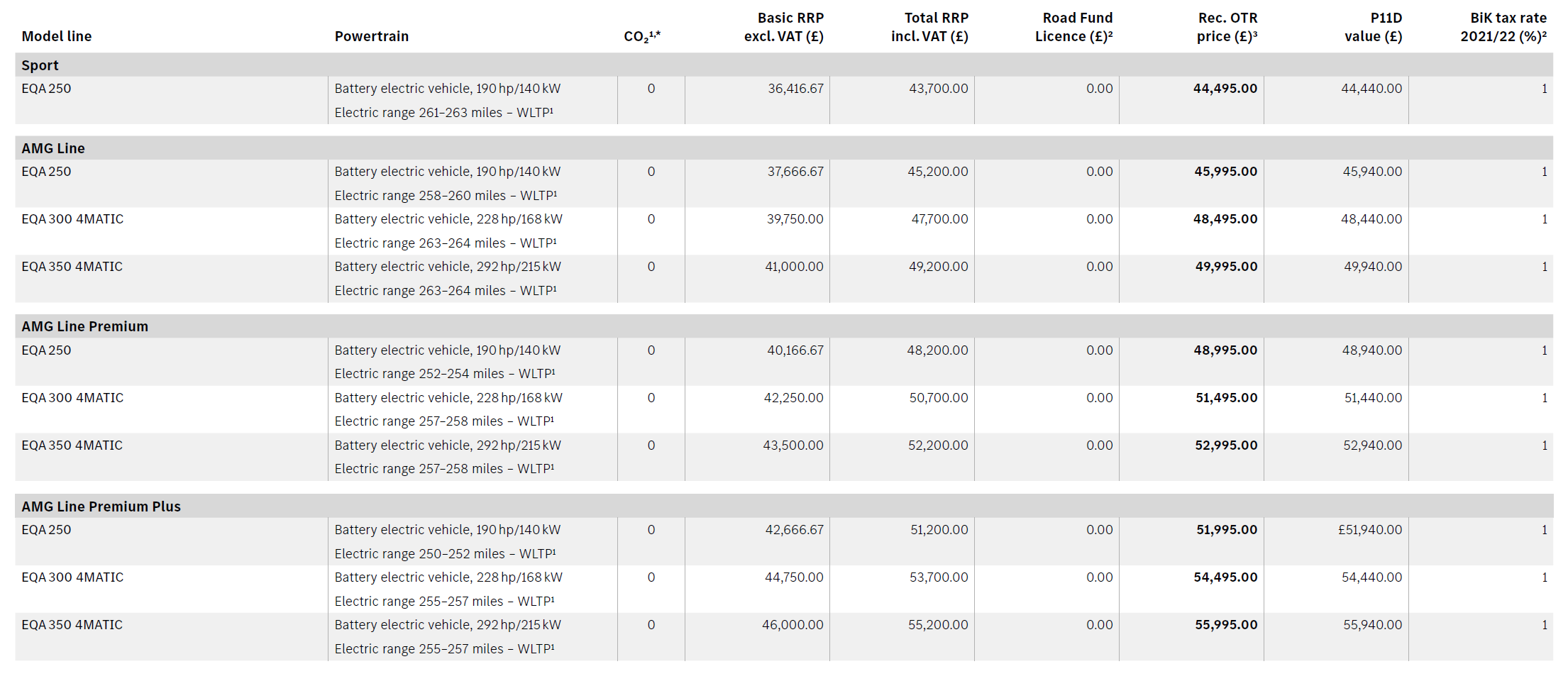
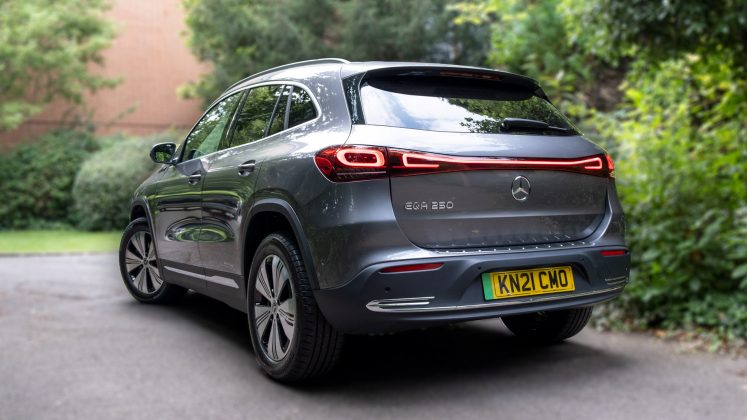
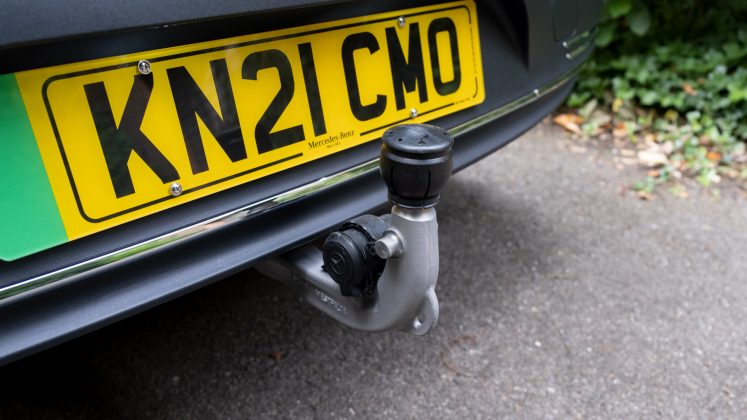

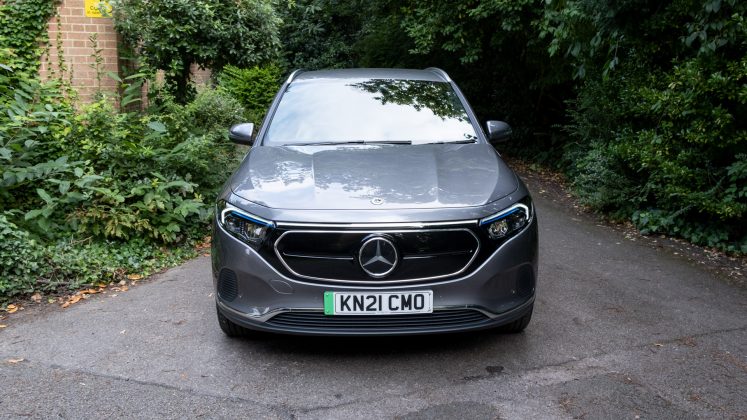
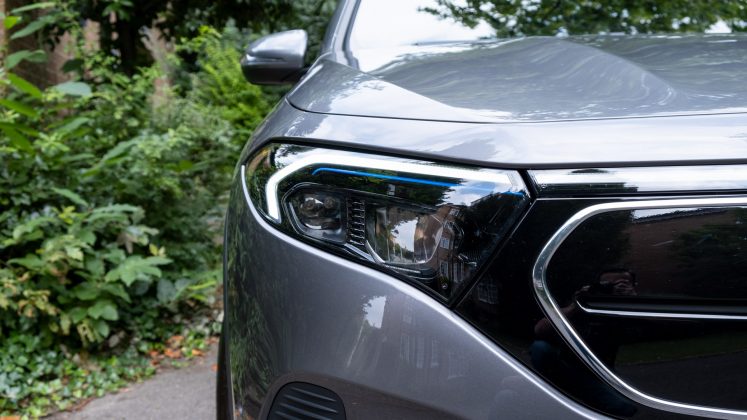
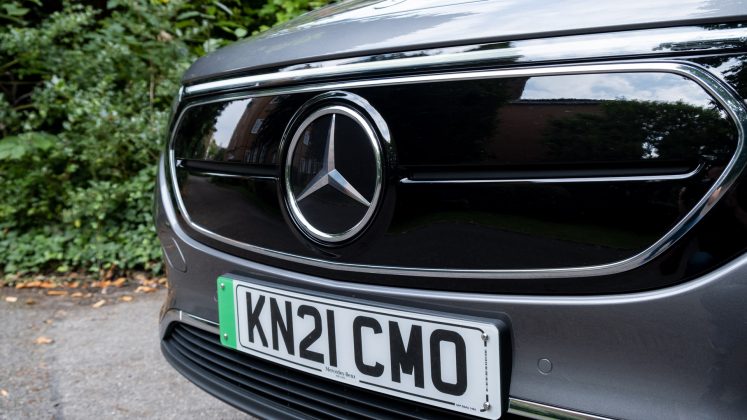
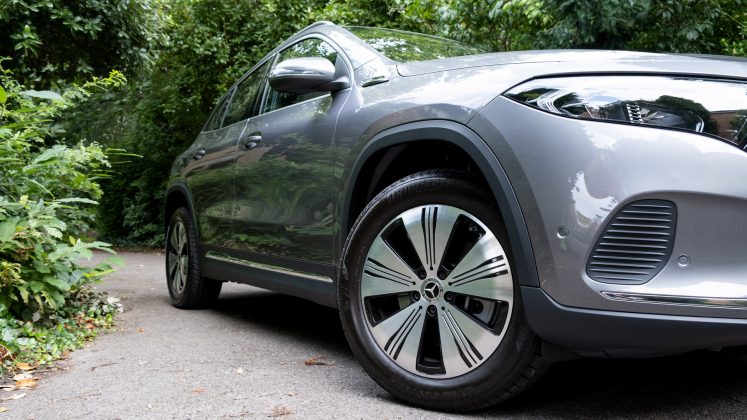
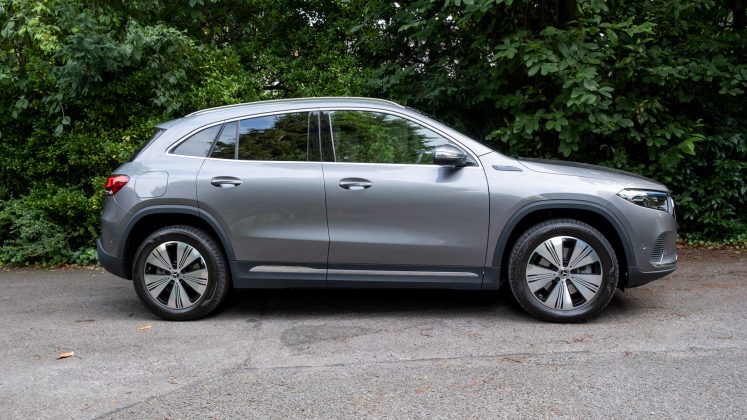
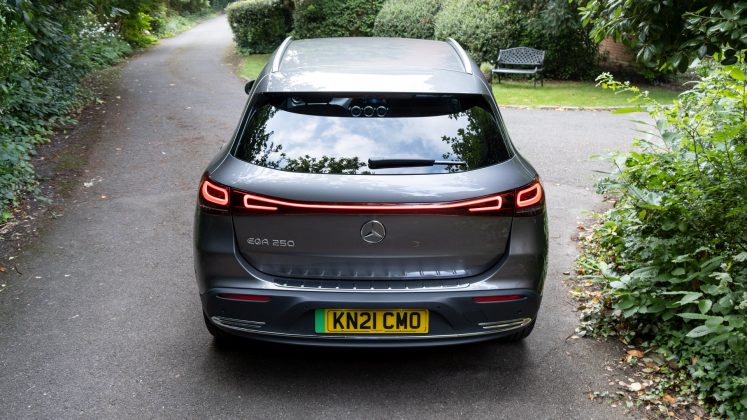
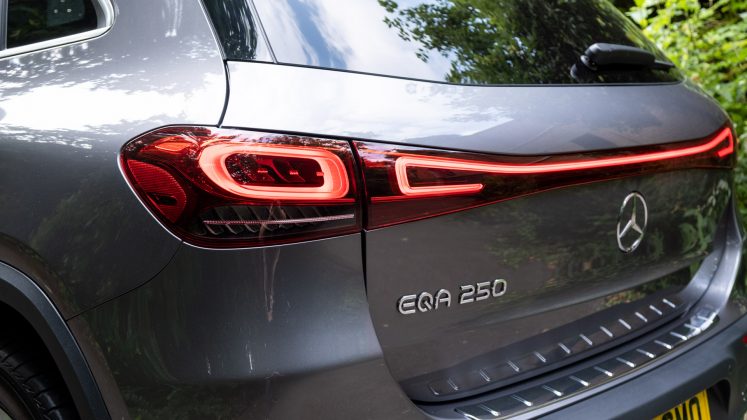
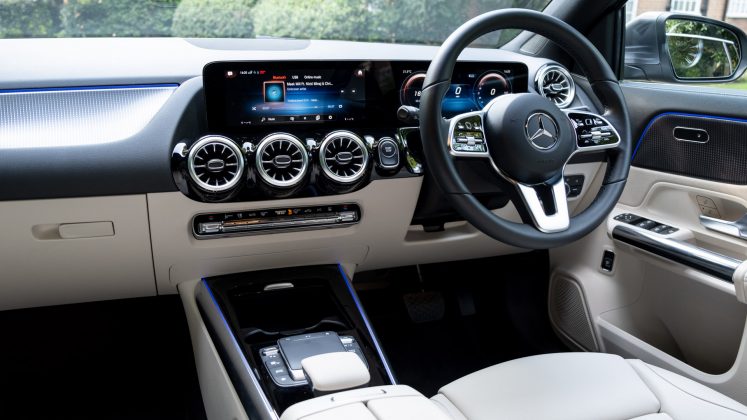
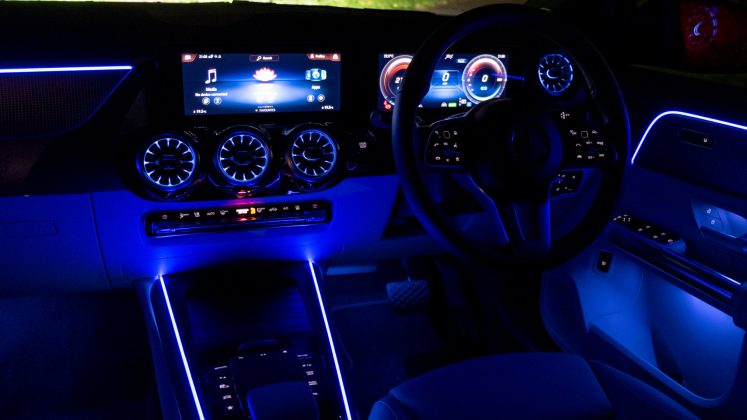
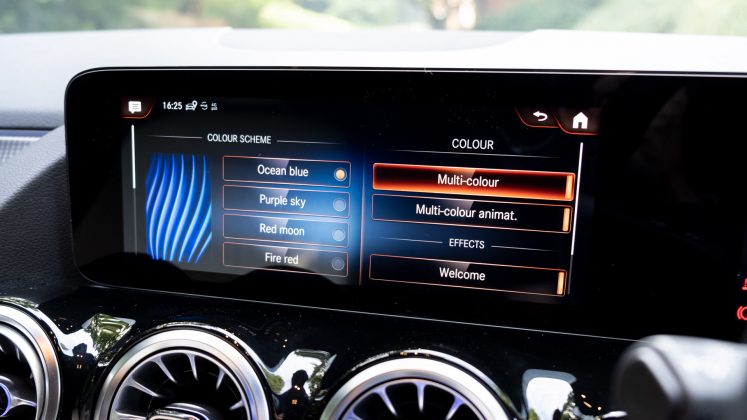
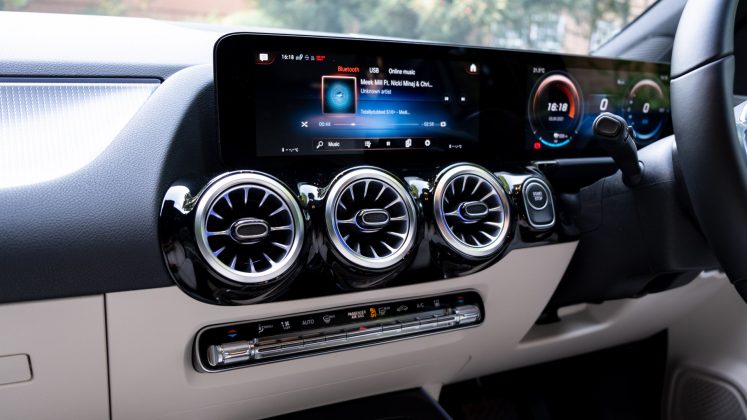
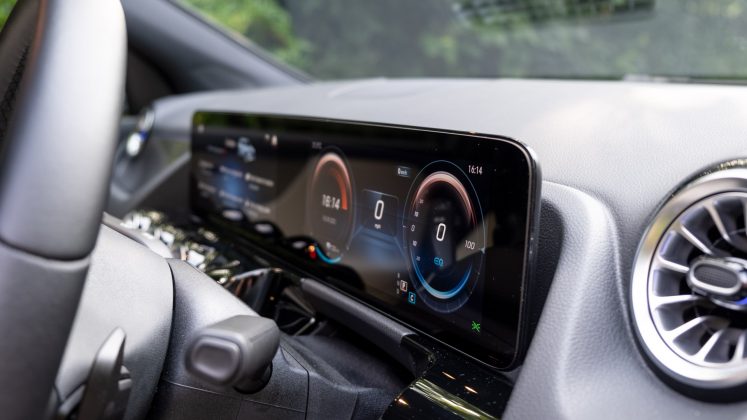
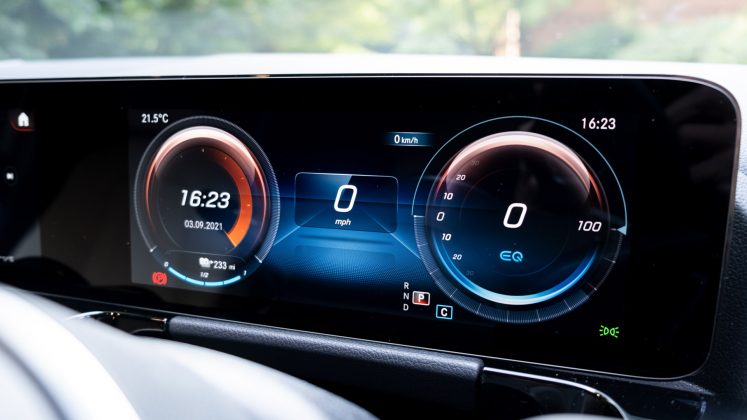
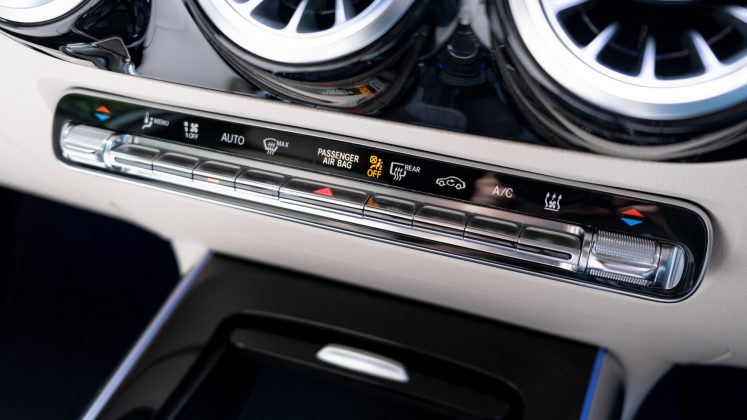
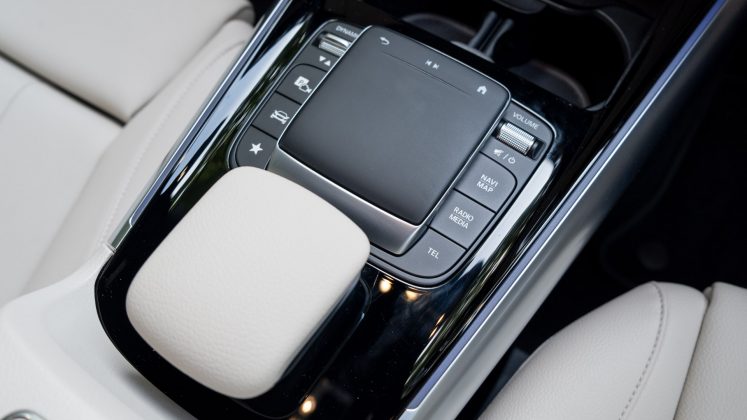
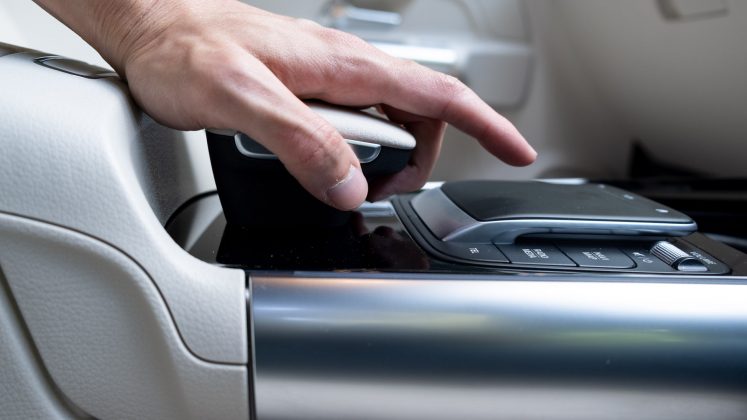
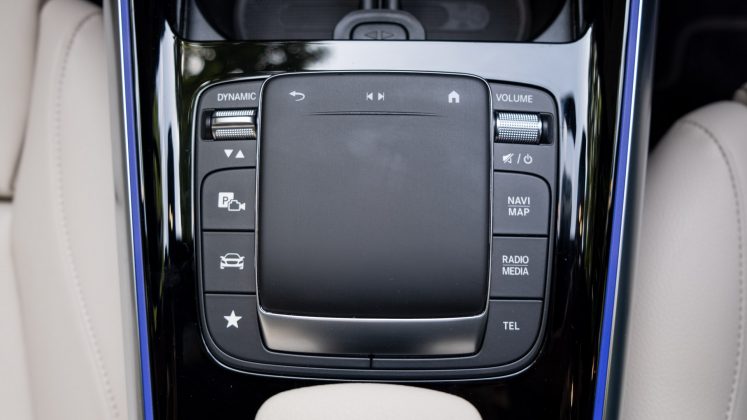
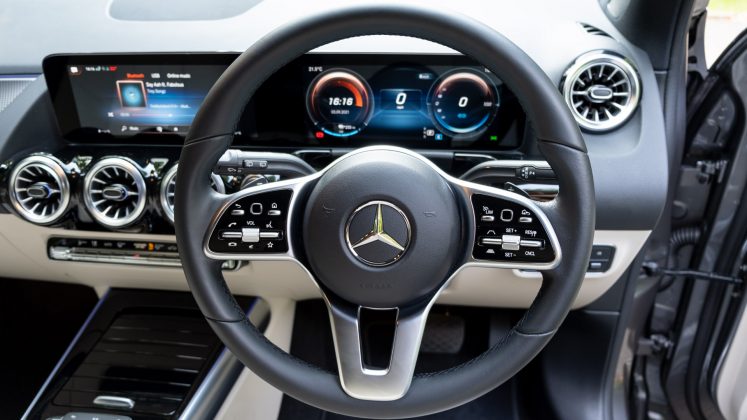

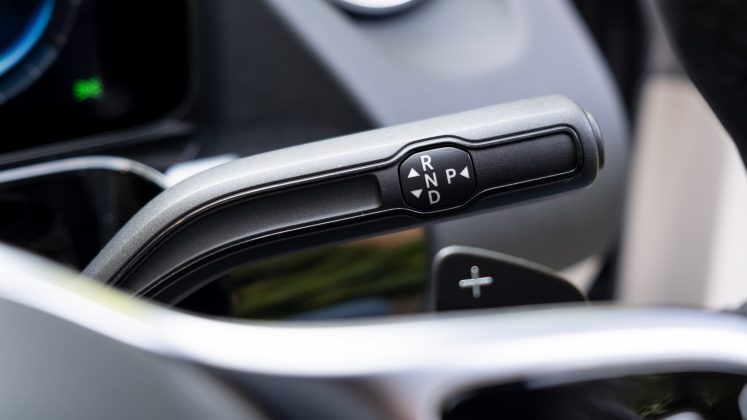
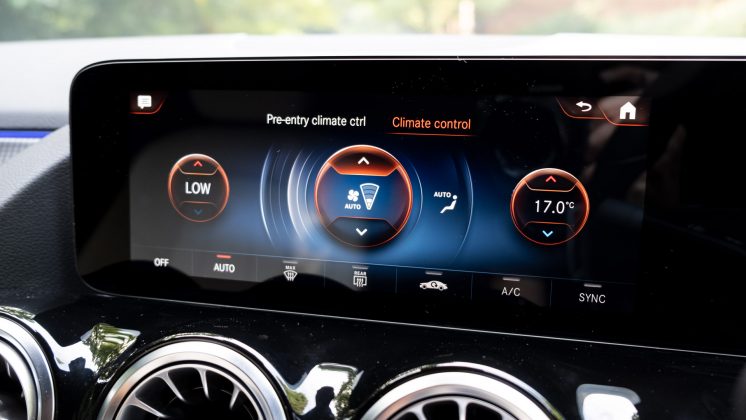
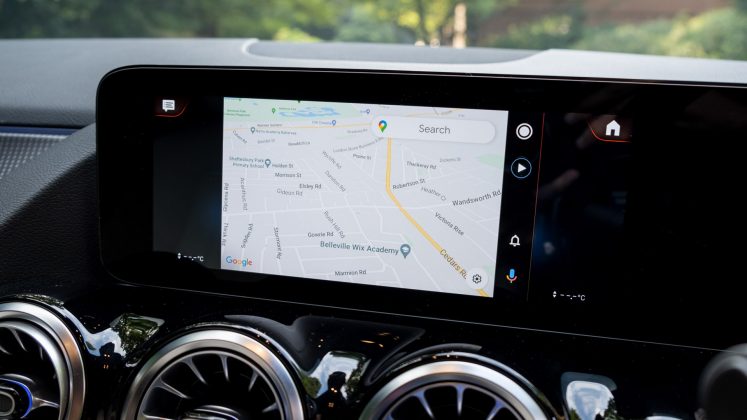
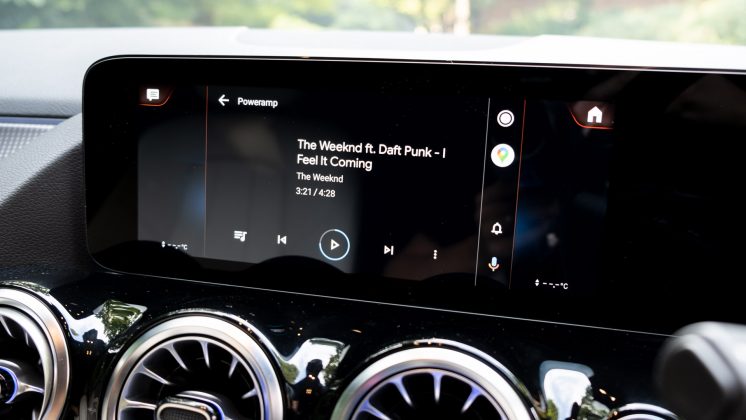
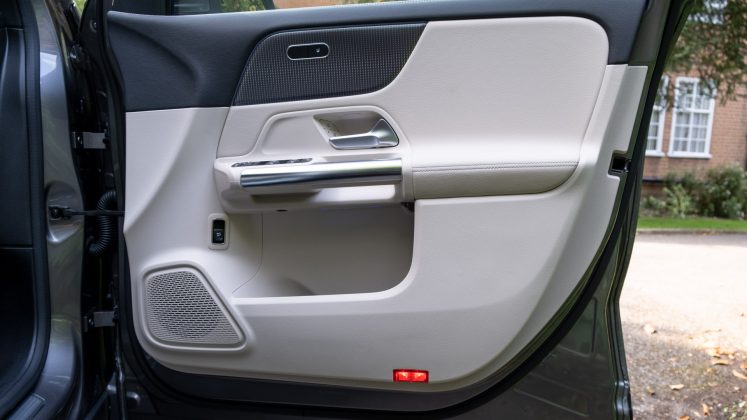
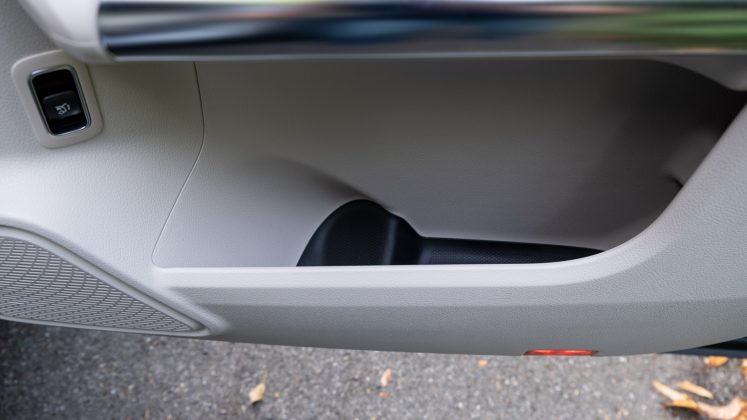
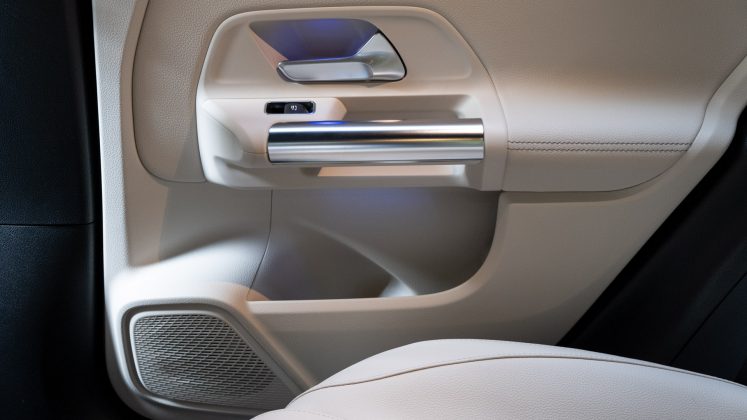
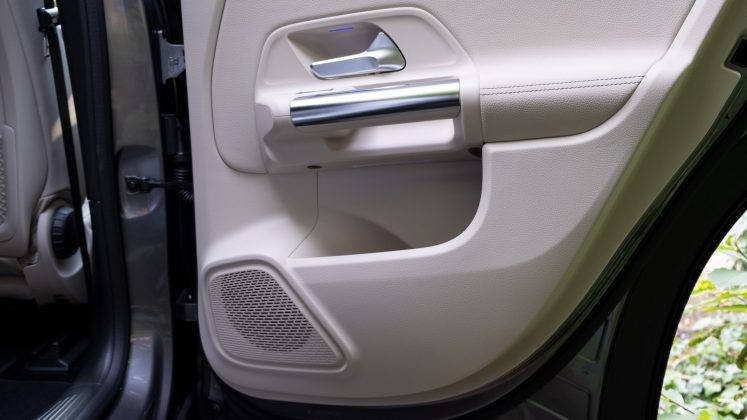
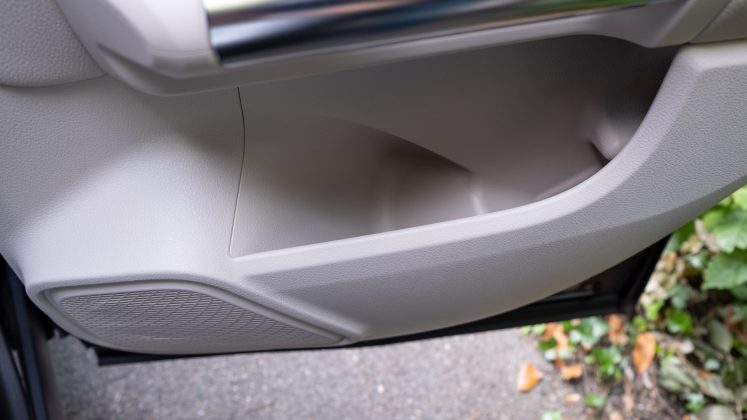
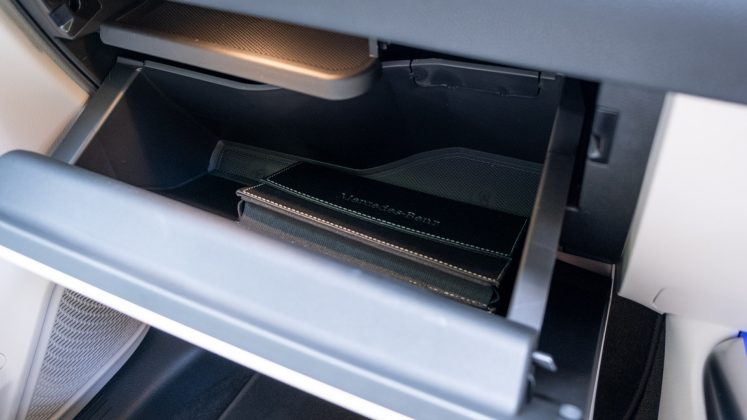
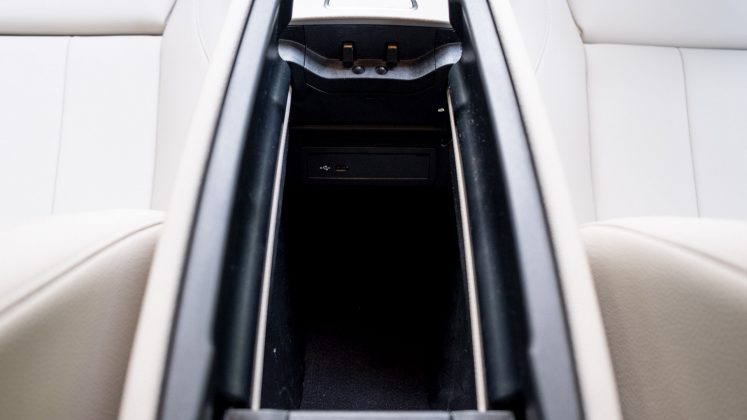
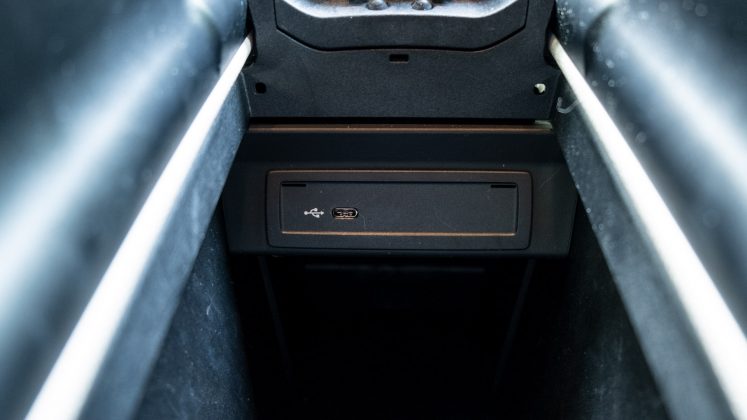
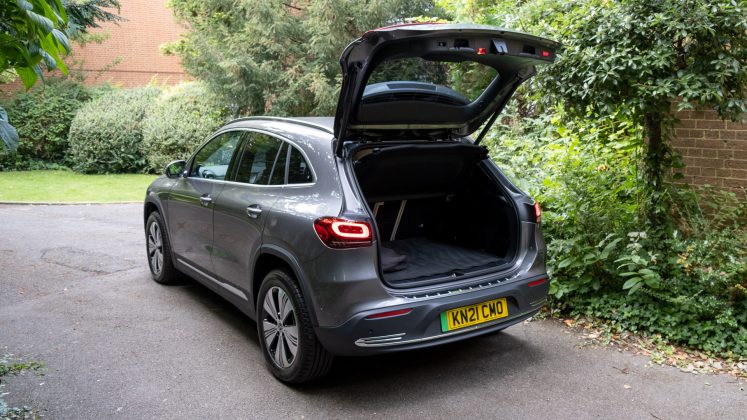
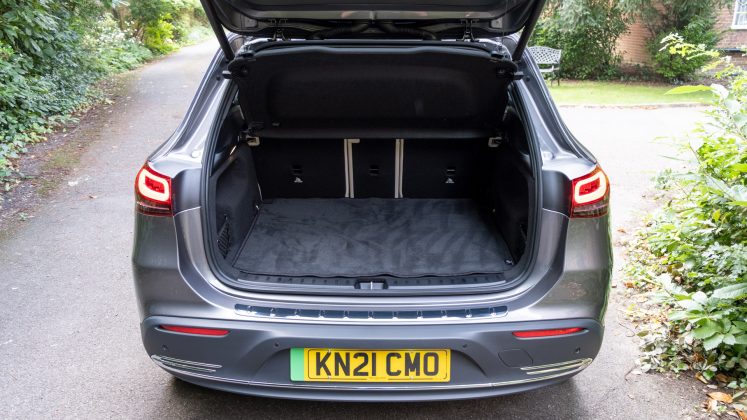
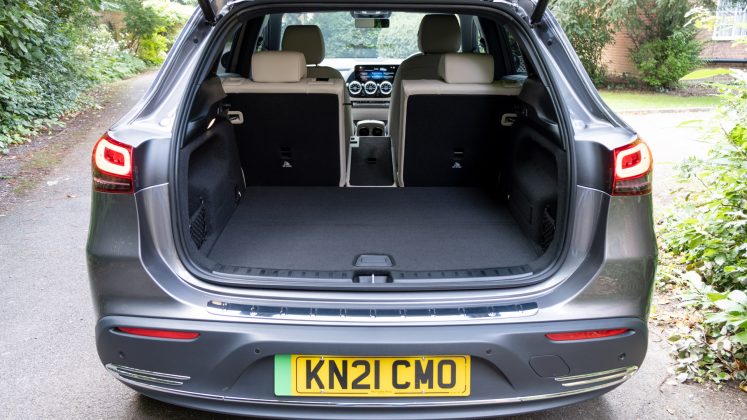
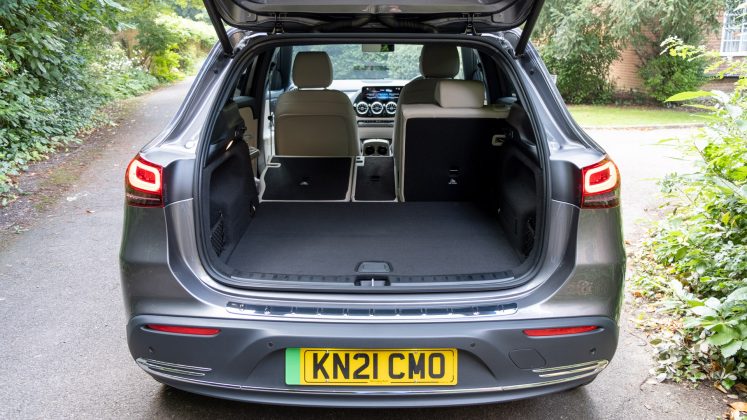
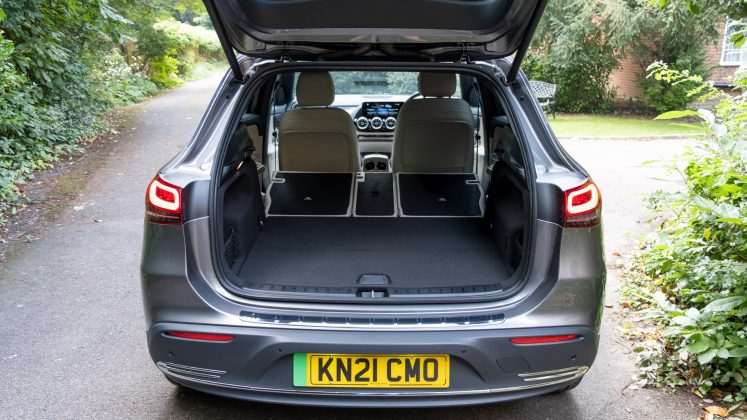
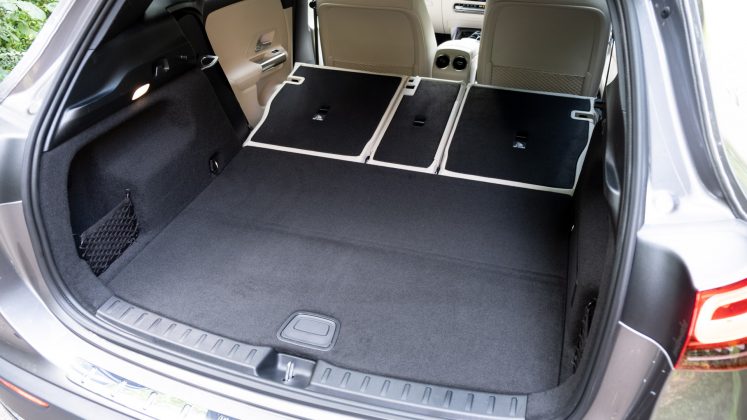
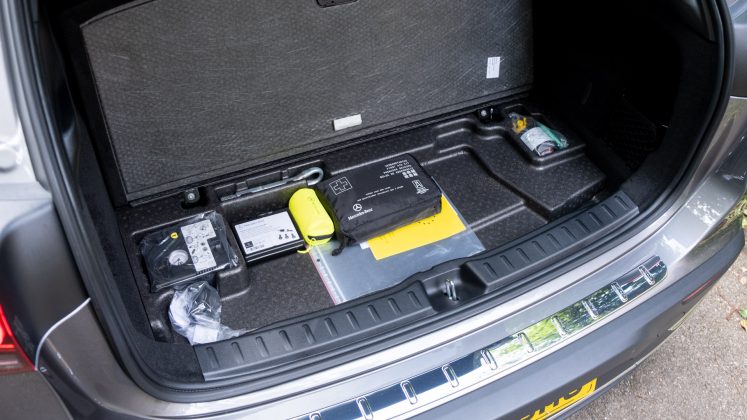
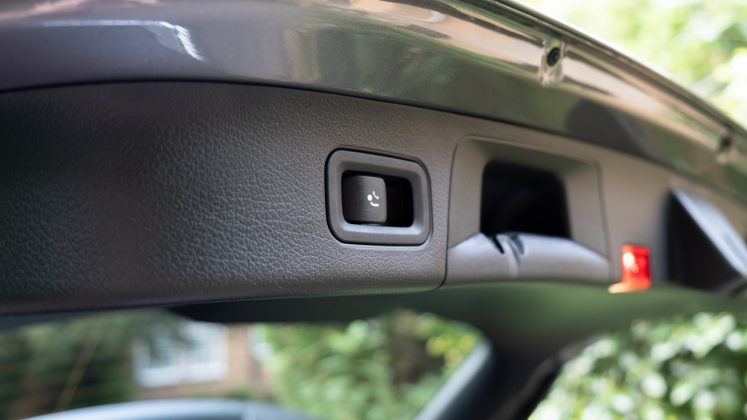
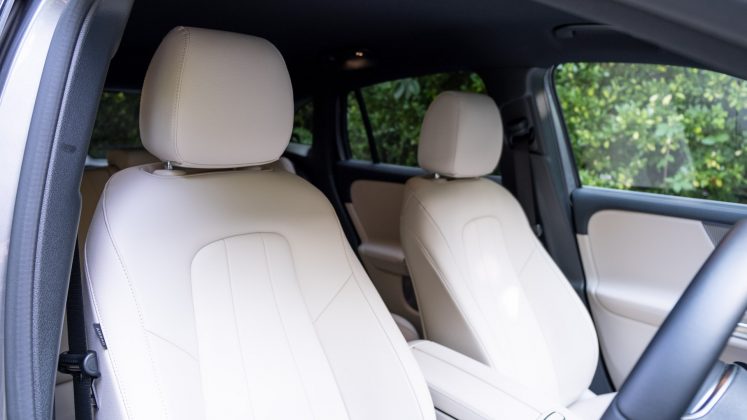
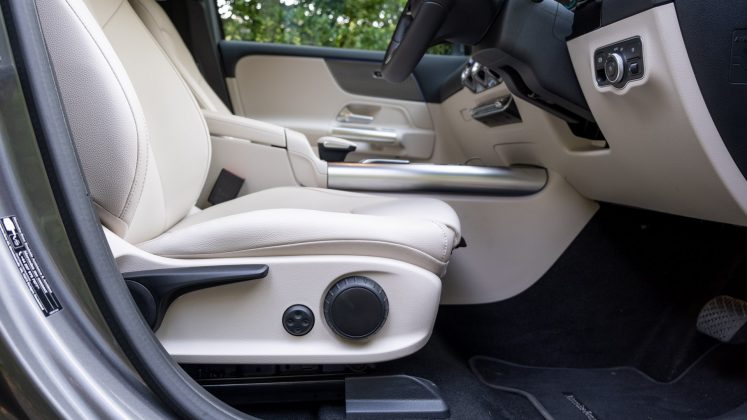
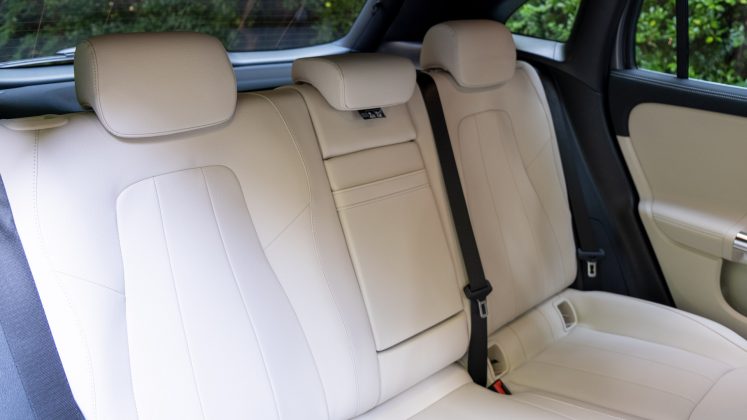
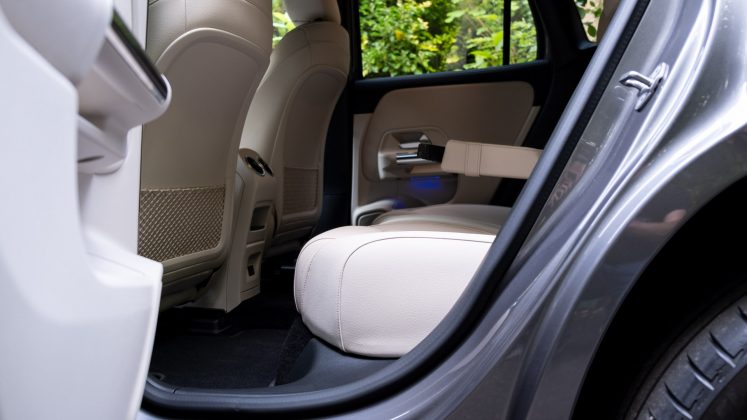
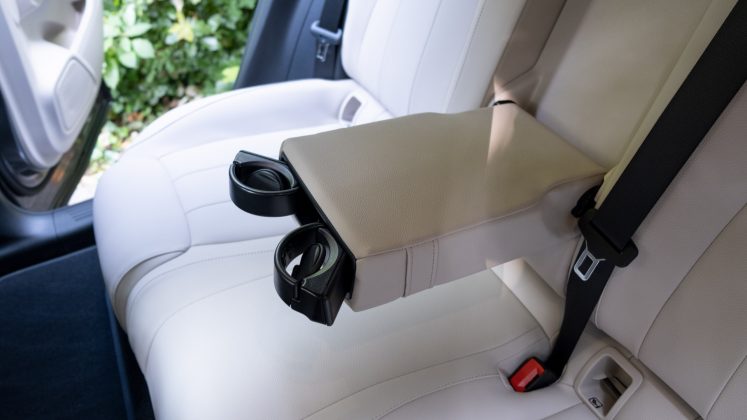
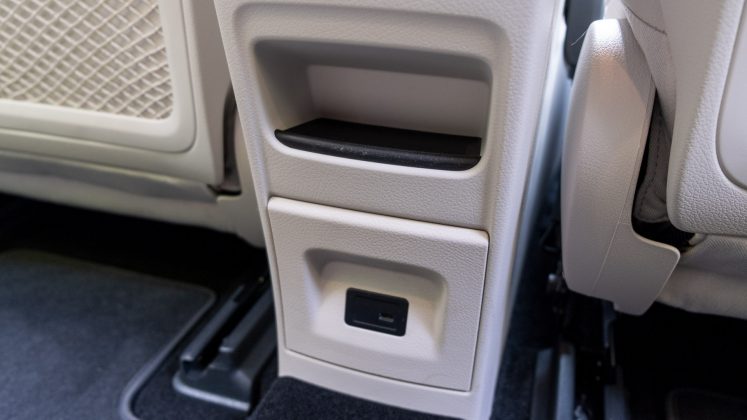
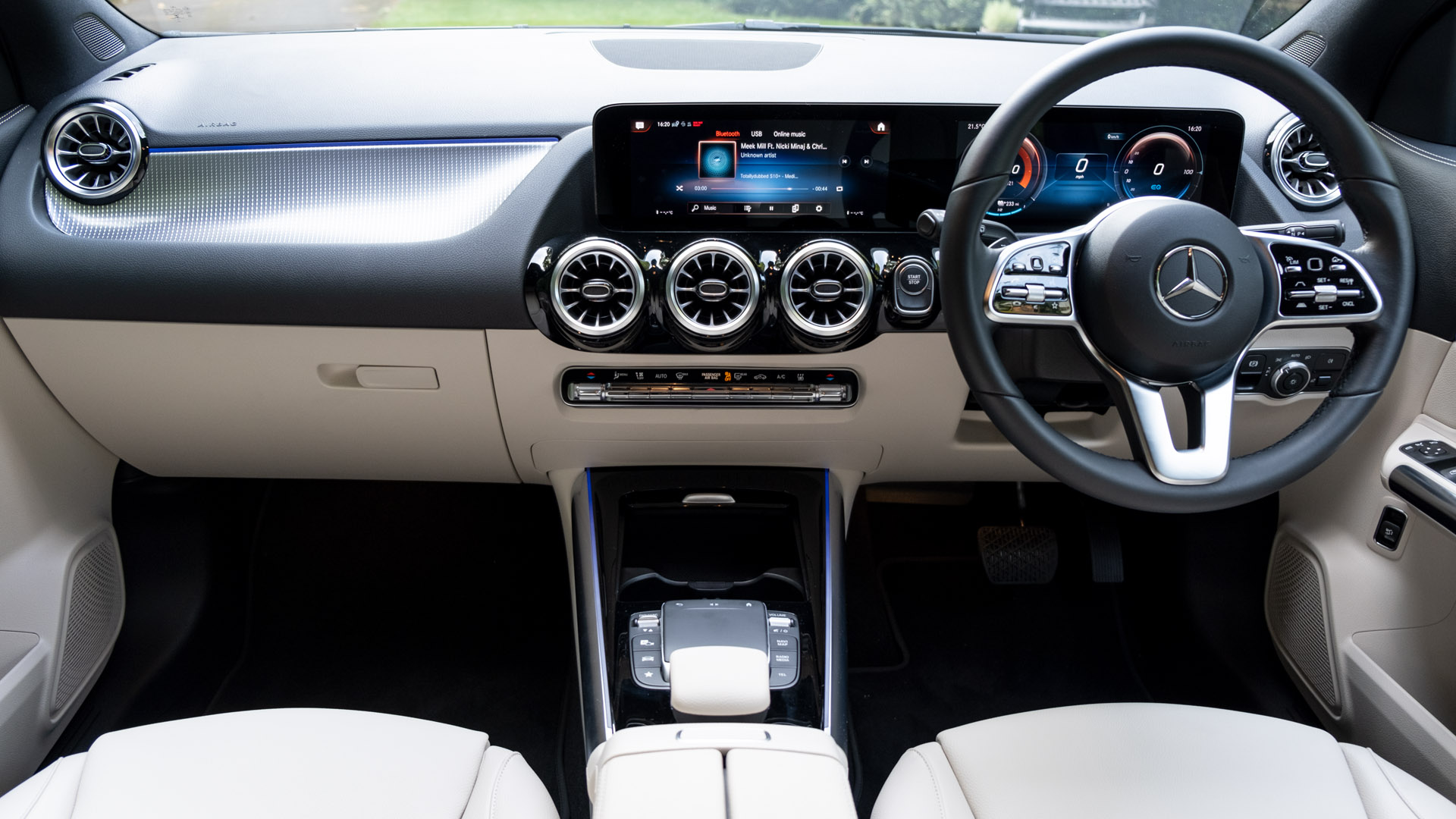
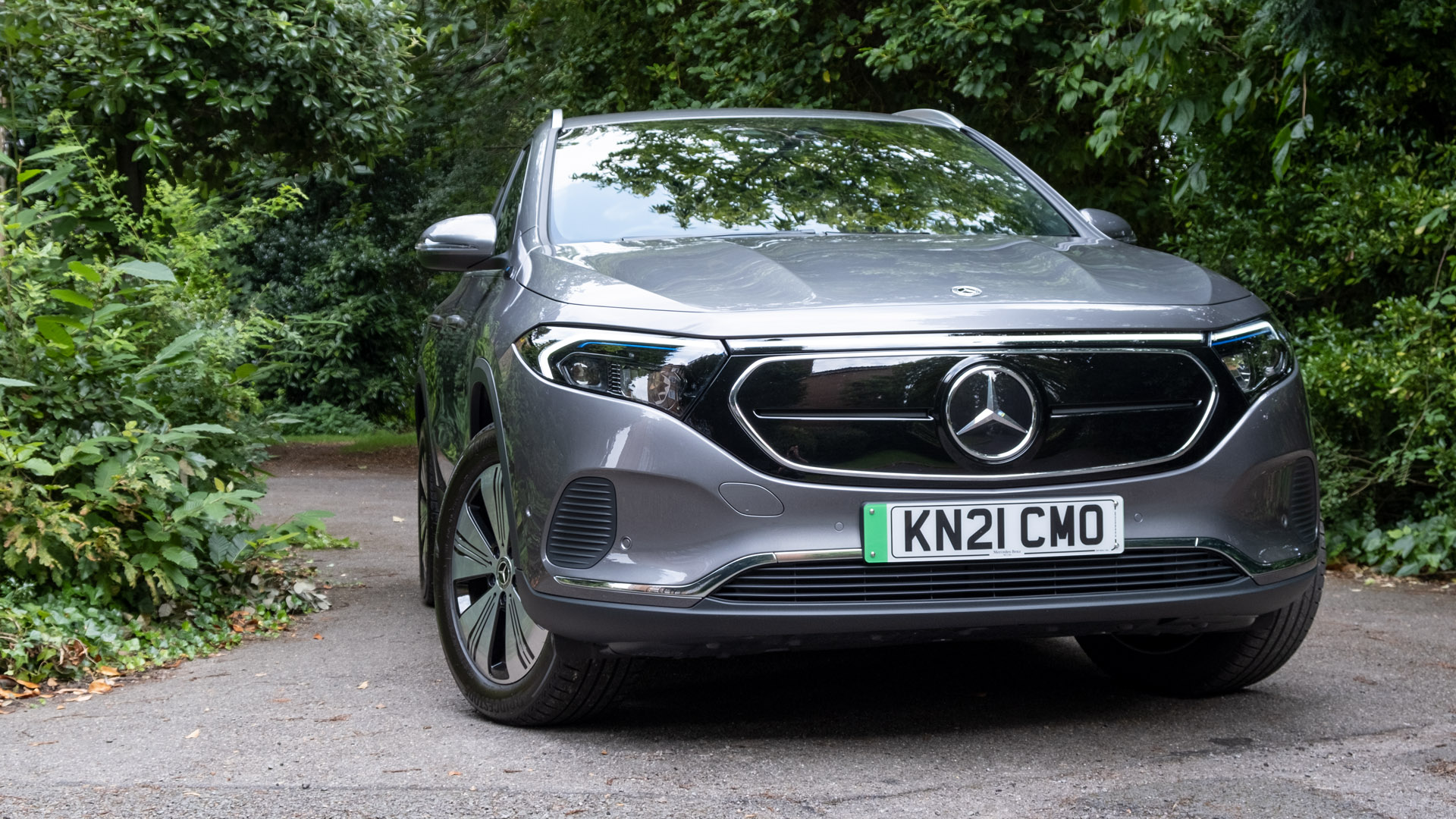
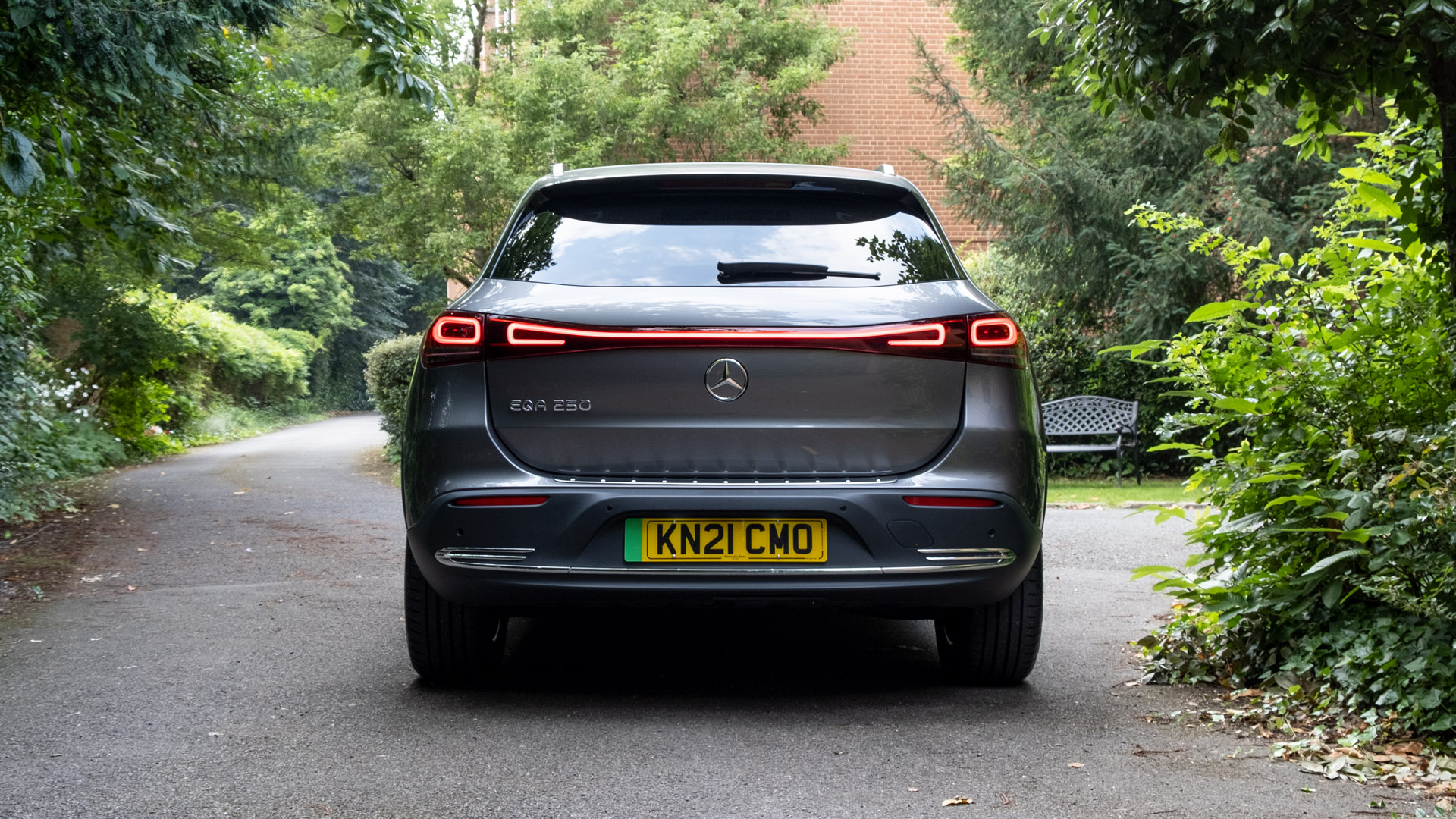
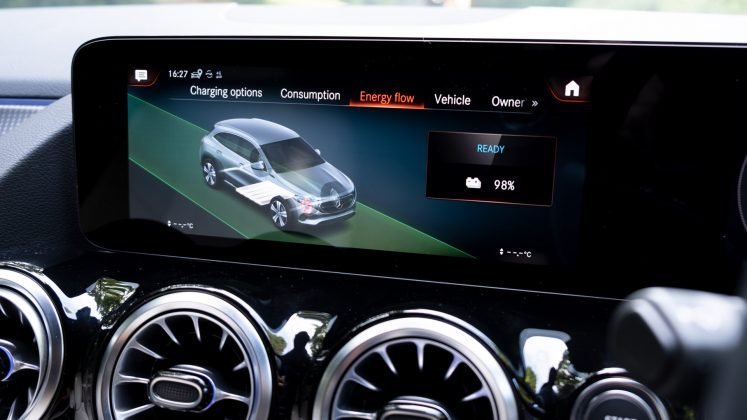
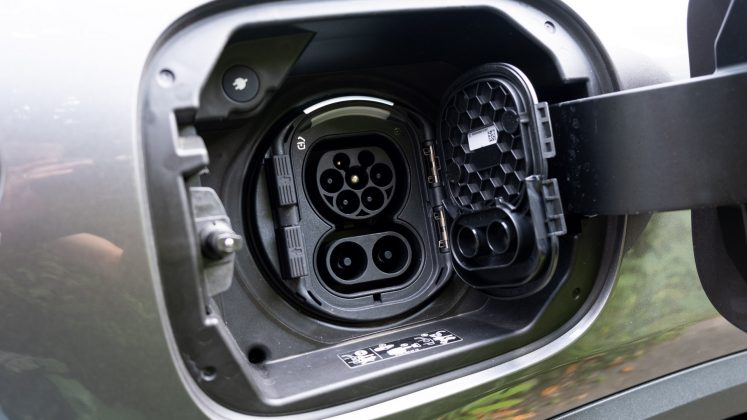
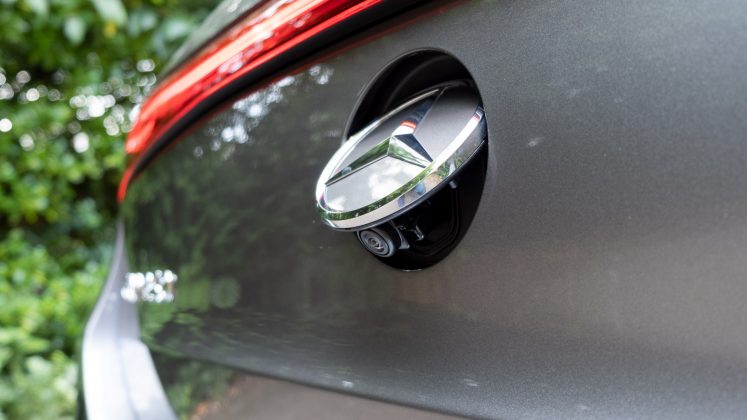
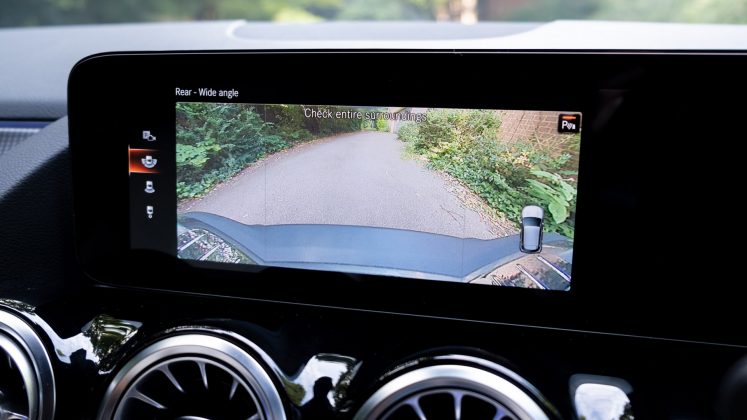
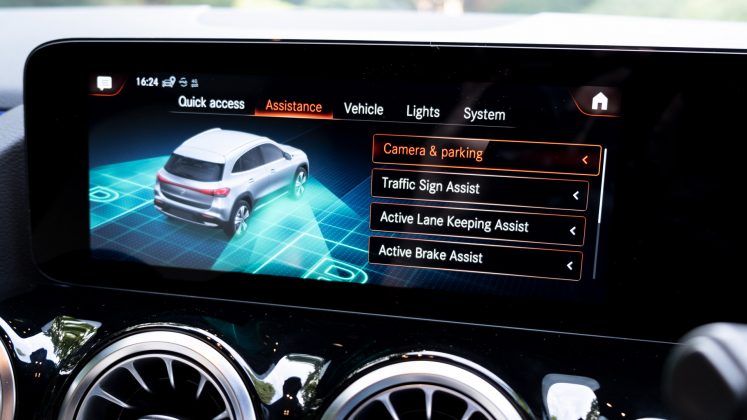
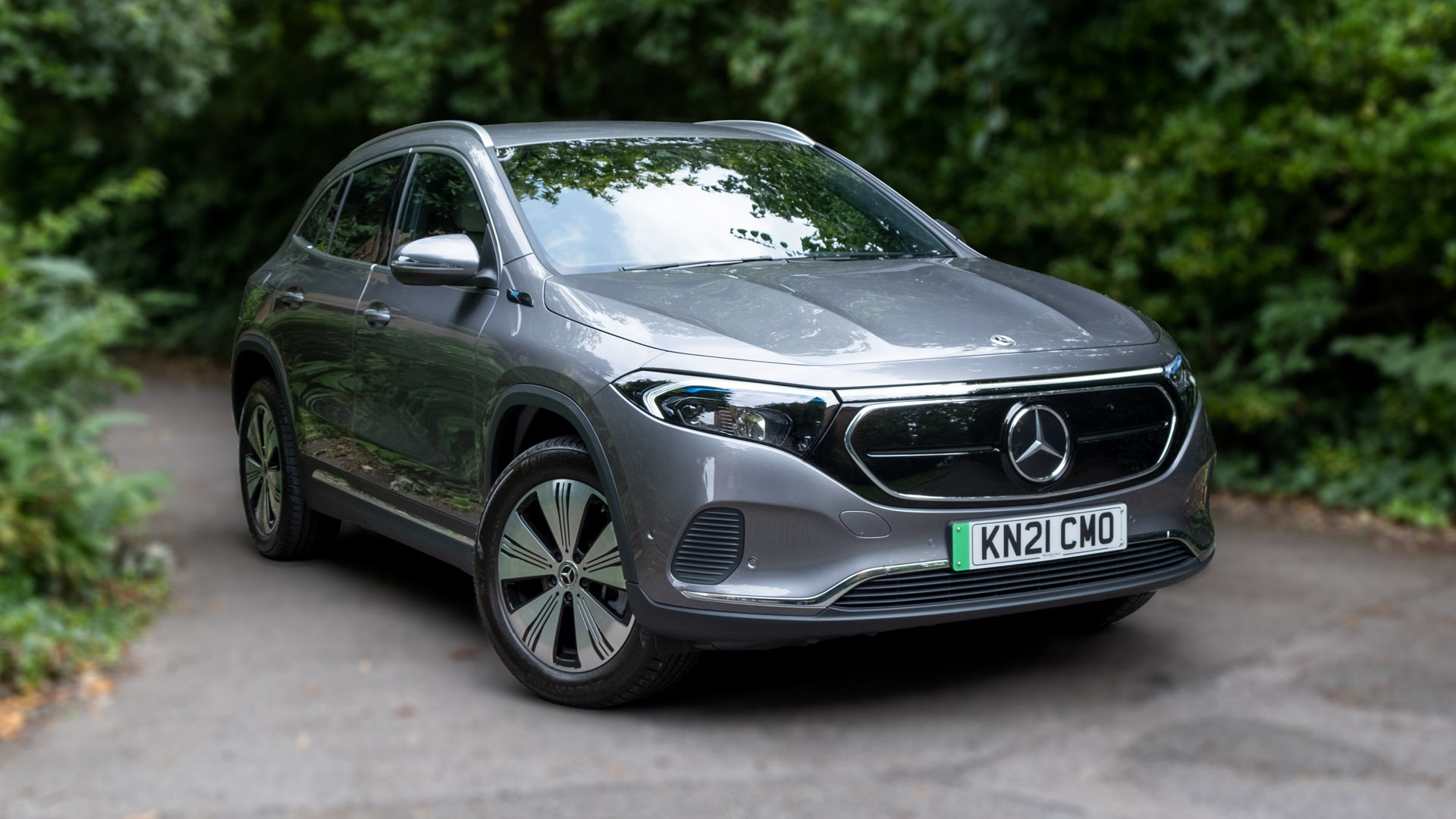



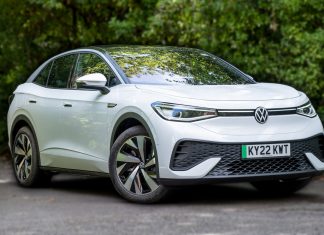
Most uncomfortable ride I’ve owned since my ‘52 Landrover.
Pirelli tyres like solid stacker truck tyres, and the official line from Mercedes Customer Support, ‘take it up with Pirelli.’ Thanks a bunch.
Sorry to hear that, but we can agree that the ride comfort isn’t great!
Comfort isn’t great is a mite generous.
For a car costing north of £40K it’s just not right.
Mercedes need to give their heads a wobble.